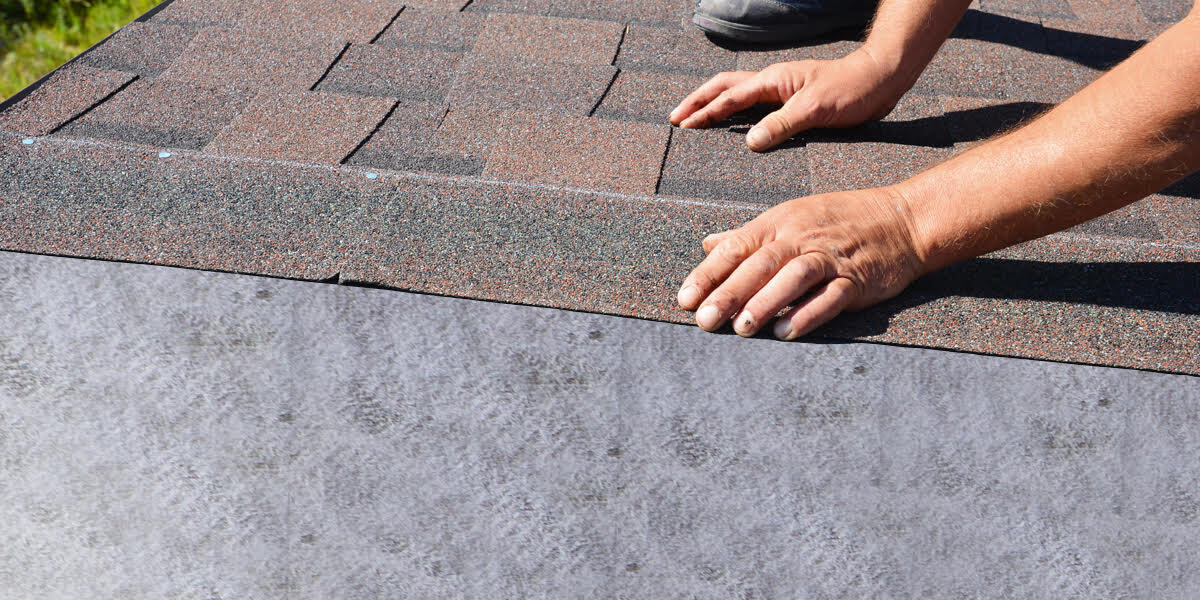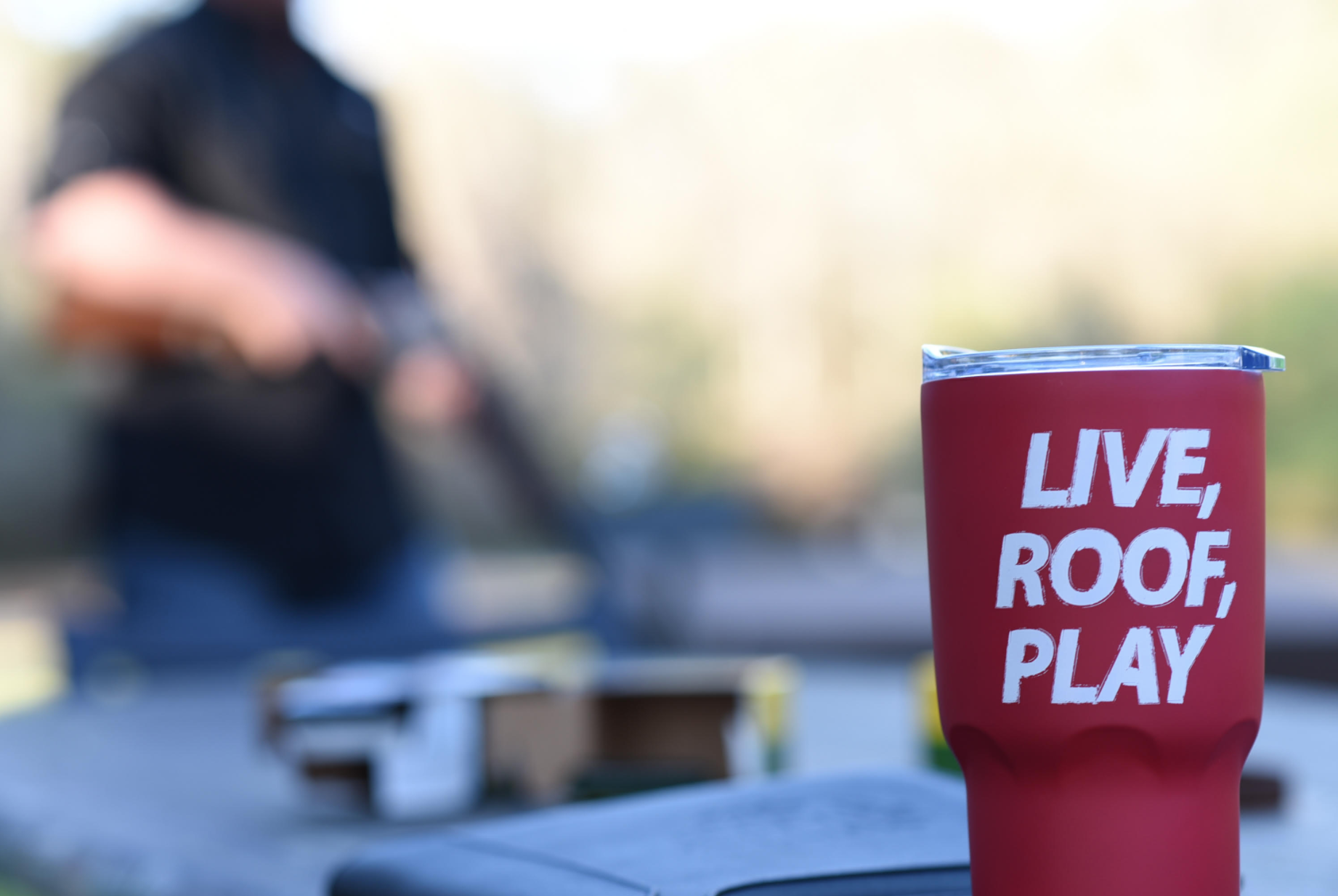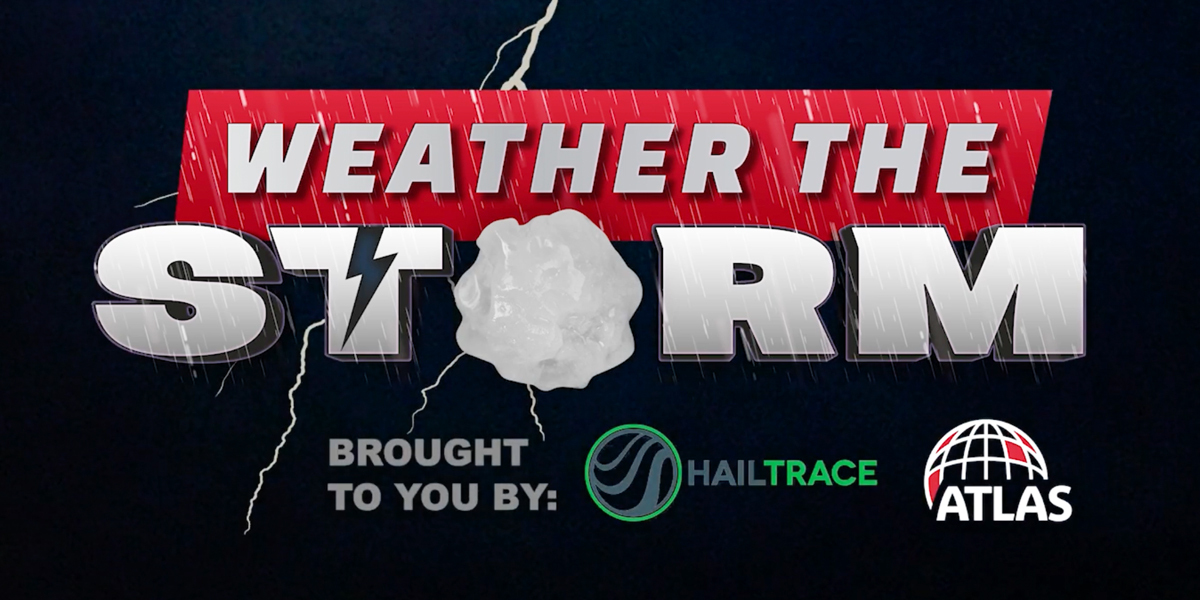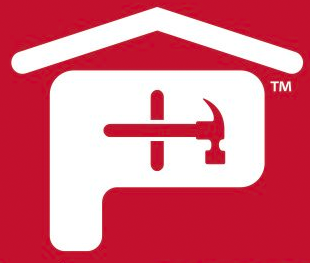

Preventing Moisture Penetration
Self-adhering underlayment plays a critical role in preventing moisture penetration in vulnerable areas of a roof, such as eaves, rakes, valleys, and around roof penetrations.
Designed for waterproofing, underlayment is positioned beneath shingles. But while the adhesive properties of some underlayments serve a purpose, these same qualities can make it a challenge to remove from the roof deck without causing damage, especially after it has been adhered for extended periods. The removal process requires caution and expertise, with the primary goal being the protection of the underlying roof deck and ensuring a smooth surface for new installations.
In "Procedures for Removing Self-Adhering Underlayment", we take a dive into the intricate procedures of underlayment removal. The focus remains on ensuring no buildup of excess material that could lead to leaks or unevenness in new shingles. It should be noted that in cases where multiple underlayment layers exist, complete removal is ideal. The importance of preserving the roof deck's integrity cannot be emphasized enough; sometimes, the only option is its complete replacement to avoid future complications.
Check out the Atlas underlayment installation instructions in addition to this previously published article for more information and insight into the best practices for installing underlayment.
See our full line of underlayment products here.









 Gear!
Gear! PRO LOGIN
PRO LOGIN